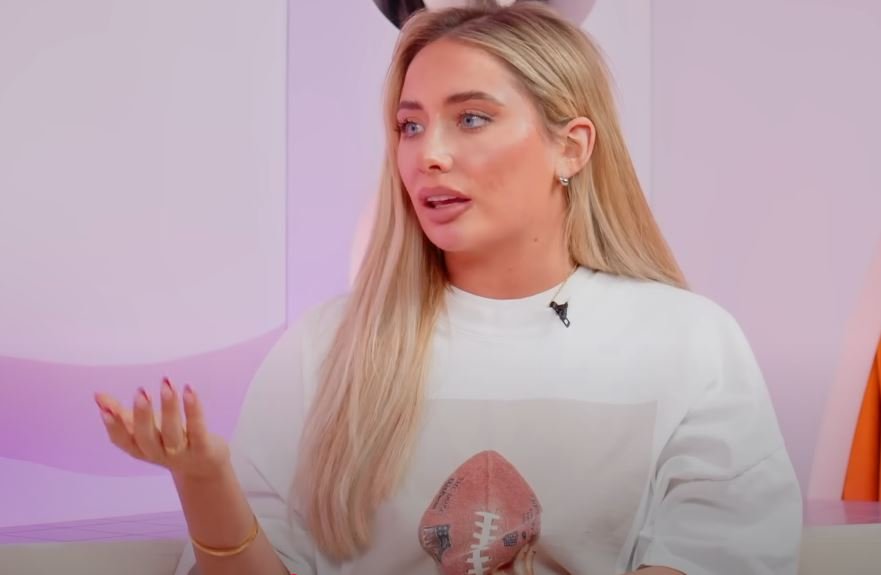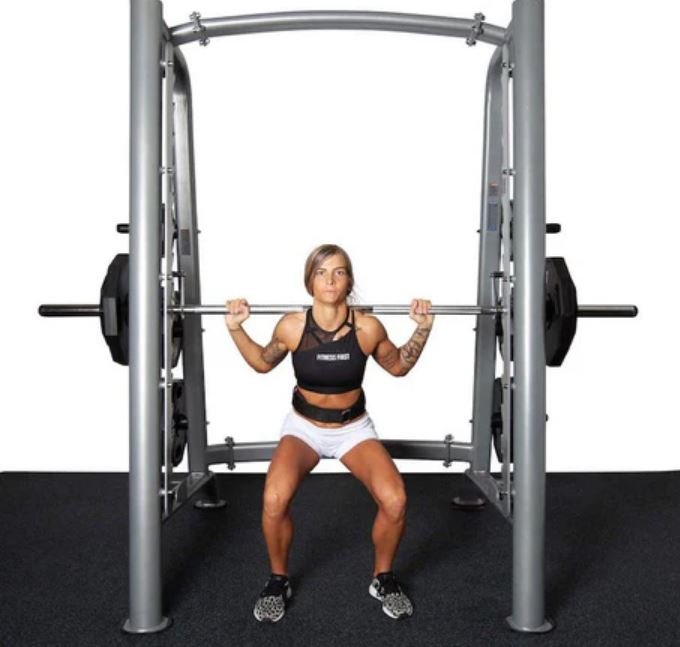Dawn Yeoh’s facial makeover has subtly drawn attention in an image-driven field where perception frequently matters more than performance. Although she had the characteristics of a typical Singaporean starlet in her early appearances, her style gradually changed, inspiring equal parts awe, criticism, and conjecture. In the entertainment industry, there is constant pressure to keep up a perfect appearance, particularly in East Asia, where the beauty economy is incredibly strong and frequently harsh.
Dawn Yeoh – Personal and Career Information
| Attribute | Details |
|---|---|
| Full Name | Dawn Yeoh Yi Shan (姚懿珊) |
| Date of Birth | 5 December 1986 |
| Birthplace | Singapore |
| Nationality | Singaporean |
| Profession | Actress, Entrepreneur, Influencer |
| Education | Ngee Ann Polytechnic |
| Known For | MediaCorp Dramas, Co-founder of Lexi Lyla, TV appearances |
| Cosmetic Enhancements | Nose job, eyelid correction, Botox jaw slimming, overbite correction |
| Social Media | Instagram: @iamdawnyeoh |
| Reference Source | https://sg.style.yahoo.com/no-longer-singapore-hottest-blogger-044204425.html |
Yeoh redefined her aesthetic identity through intentional, medically supported changes by adopting a more sculpted jawline, symmetric eyelids, and a sharper nose contour. Despite being personal, her journey is similar to that of innumerable other public figures who have had to traverse comparable challenges. Celebrities like Park Min-young and Angelababy, for example, have encountered remarkably similar conversations regarding authenticity, especially when compared to the quickly changing standards of beauty.
Yeoh is unique not only because of the procedures but also because of the remarkably reflective tone she uses when talking about them. She openly revealed that she used her personal savings to pay for her first cosmetic procedure, a rhinoplasty, in her early twenties. Her candor was especially daring during a period when plastic surgery was still widely stigmatized in Asia. In order to achieve balance rather than drastic change, she later had Botox eyelid refinement and jaw slimming, followed by orthodontic correction.
Her initial fame on blogging sites such as Xanga developed naturally. She didn’t intend to become an influencer, but she did. She unexpectedly became famous due to the viral appeal of her lifestyle photos, introspective poetry, and fashion observations. However, there was an unexpected cost to fame. During a well-publicized feud with another blogger, public scrutiny increased and accusations of online bullying and artificial beauty surfaced. It was emotionally draining to deal with the backlash. It gave the impression that she was dishonest when, in reality, she hadn’t been prepared to reveal something so private.
Despite the evolution of contemporary attitudes, there is still some uneasiness surrounding cosmetic enhancements, particularly among women who advocate for positivity and natural beauty. Dawn’s initial refusal to disclose her surgery was motivated by foresight rather than embarrassment. She was concerned that younger fans would view her change as a necessary condition for success rather than a thoughtfully considered personal choice. Her prudence was especially helpful because of how readily impressionable minds take in messages from the internet.
Yeoh gradually distanced herself from the spotlight, focusing instead on her fashion brand, Lexi Lyla, and family business endeavors. Her online persona now seems less performative, more genuine, and softer. Photos with extensive editing or carefully chosen captions are conspicuously lacking. Rather, there is a subtle movement toward intentionality and honesty, mirroring larger cultural tendencies toward openness and self-acceptance.
Along the way, faith has also kept her rooted. Yeoh turned to spirituality for support when she was at her lowest, when anonymous critics made fun of her decisions and used old photos against her. Her dedication to Christian principles assisted her in reevaluating her physical and emotional self-perception. Proverbs 3:5–6, her favorite verse, continues to serve as a compass, reminding her to have faith in something greater than ephemeral public opinion.
Yeoh’s story changes the perception of cosmetic surgery, which is frequently thought of as superficial. She shows how a deeper healing process can include external change. Botox and rhinoplasty may be considered vain by some, but for others, these choices symbolize agency—the capacity to regain self-esteem, negotiate one’s identity, and create an authentic self. By making this distinction, Yeoh stands out as a particularly creative voice in a discourse that frequently lacks depth.
Asia is at a turning point in its cultural history. Once discussed in whispers, plastic surgery is becoming more and more commonplace. In Bangkok and Seoul, clinics are flourishing, and influencers frequently share their stories. In light of this, Yeoh’s openness seems remarkably progressive. Although she doesn’t show off her decisions as aspirational turning points, she also doesn’t conceal them. She reframes them as instruments, not shortcuts, for attaining mental tranquility.
Younger content creators have also been impacted by the increasing ease with which such procedures can be discussed in public. These days, influencers are more inclined to reveal their improvements, present them as wellness options, and transcend the dichotomy of genuine versus fake. Yeoh’s story, which is noticeably less dramatic, lends legitimacy to this change. Her path is characterized more by tenacity than by drama.
She made the decision to remain silent in the face of criticism. With the help of her family, faith, and hard-won self-awareness, she created a space for personal development rather than retreating or taking revenge. Her impact may not be as strong as it was during the early days of blogging, but it still has a deeper resonance, particularly among people who are aware of the emotional toll that comes with public reinvention.







